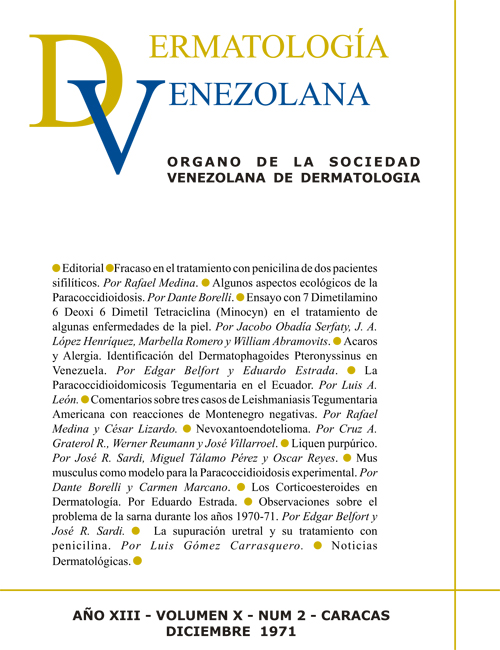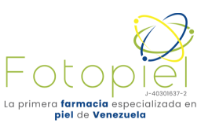ALGUNOS ASPECTOS ECOLOGICOS DE LA PARACOCCIDIOIDOSIS
Palabras clave:
PARACOCCIDIOIDOSIS,Resumen
SUMMARY
The progress in this field has been scarce. The hypothetical distribution
of the echosystem integrated by Pa racoccidio ides brasiliensis
(Parabras), enunciated 10 years ago, seems to correspond to the facts
getting known. The isolation of Parabras from soil of Recife and of
Manaus (Brasil) has not been confirmed, and the isolates were found to be
different organisms. The isolation has been informed of Parabras from
faeces of certain bats in Colombia and from soil in North Argentina and in
Venezuela, in sites all presenting the climatical characteristics of the
reservarea. But, if confirmed, this fact could only add a circumstancial
factual evidence to the already existent logical evidence: parabras does
exist outside man, where man is getting it. The real question is not to find
parabras within the reservarea, but to trace the connection of parabras with
reservarea in order to made evident the system that support it, id est, its
home.
I think now, as well as 10 years ago, that we must head to the
parabras ecology through searching for a niche which fits its peculiar
morphophysiological characteristics: for example: its zymonematous
habit, its slow growth, the late appearance of its aleuria, its inhability to
thrive on the "soil", its inhability to compete both in vitro and on natural
soil, its thermal "play", etc.
If some animal host to parabras would be found, we could explore
another very promising pathway. Being man the only (known) naturally
susceptible species, we ought to accompany mentally and (if possible)
personally the movements of the humans who got parabras, in order to
gain an original approach to its niche.
To go and walk on the moon has required less mental strain and
application than shall do to get the proper address and visit parabras at
home, I guess.
Descargas
Número
Sección
Licencia
Publicado por la Sociedad Venezolana de Dermatología Médica, Quirúrgica y Estética







